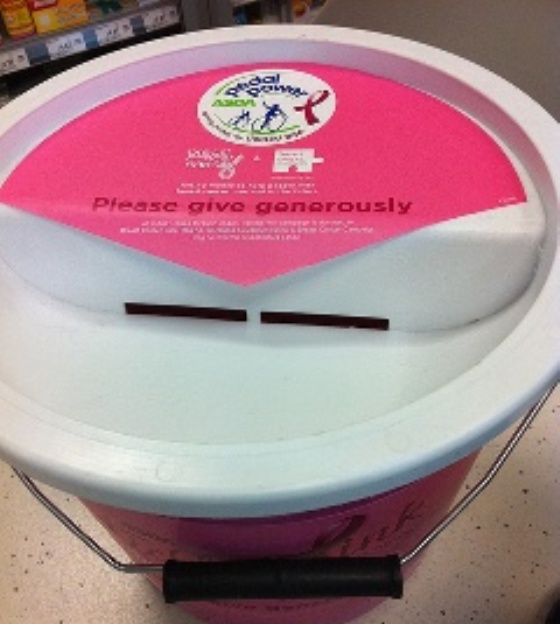
If you are a charitable organisation, you’ll likely have to be very careful about where you spend your budget – as some charities have come under media scrutiny over the proportion of their funds that go into administrative and promotional purposes. But your approach when it comes to PR doesn’t have to be costly. By taking into consideration a few key PR tips, you can communicate your message with great effect, raise awareness and increase your chances of getting more donations and people at your fundraising events.
Make sure your message is clear
Know exactly what your aim is and more importantly, why. People are more likely to donate to a charity and help a cause that they feel an emotional resonance with and the media will be more inclined to report your stories. Tell your story with passion, make it engaging and inspiring. Remember to make it very clear what you want and ask for it!
Go old school and use the phone
Emails have their benefit but your response rate will be far higher if you pick up the phone and talk to your supporters, where appropriate, to encourage their participation in particular campaigns. Building loyal relationships via more direct forms of communication is still key for many charities.
Make sure you have powerful images
Pictures sell stories more than words and create more traction on social media. Any images that are used in your publicity material should be high quality, relevant, eye catching and tell your story powerfully. Use images to show what you stand for and the fantastic work your volunteers are doing. This is especially crucial for lesser-known charities as pictures can be used for a variety of media purposes.
Create a hit list
Having a “hit list” of where you want to get coverage and exposure is essential. Start by contacting your local press, as they’ll always be keen to find out what charitable causes and events are happening in the area. Reach out to your local radio and television stations as broadcast media can play an important part in getting your message out there. Start local and aim to build up from there.
Get on social media
The likes of Twitter, Facebook, YouTube, Instagram, and Pinterest can be hugely effective for communicating with your target audience. Once you start to interact and build up a following on social media, you can circulate news much more rapidly and effectively. Don’t use it just to repeatedly ask for donations though – get creative with your content as that is the key to making social media work. The best kind of content that people engage with are pictures and video, so think about how you could do this to really tell your story. See our earlier post on the use of social media – you don’t need to use all the online platforms. It’s far more time effective to use one or two very well.
Thank the people who help you!
Whether it’s a shout out on social media, a personalised letter, email, e-newsletter, phone call or a small but creative gift, remember to thank your sponsors and supporters as you want to create long-lasting relationships. This means they’ll be more likely to want to help you in the future. But be careful not to go over the top here as the charity could be seen as wasting valuable resources on self-aggrandisement: your focus must be on keeping your sponsors and supporters engaged and updated of the charity’s progress. (For interest, see this report by the Small Charities Foundation: letting your supporters know much of the funds you receive go into the core work can actually help your cause!)
In short, the best way to generate exposure, coverage and bring in the donations is to firstly be clear and authentic in your message and bring your story to life in a way that’s engaging. Be strategic about where you need to be seen and establish your most relevant audience. By using a savvy combination of both human and online interaction, you can create fantastic results even on the smallest of budgets.
(Photo by HowardLake)
Tags: charities, charity PR, newsletter, social media



